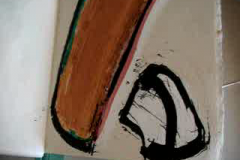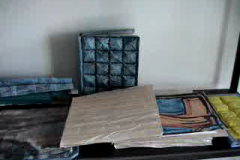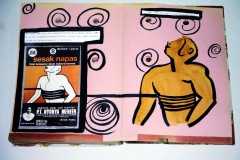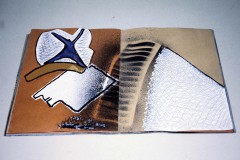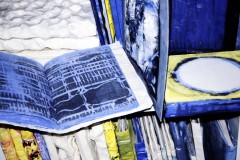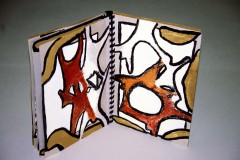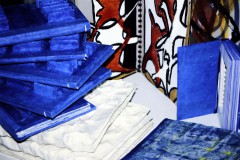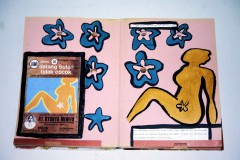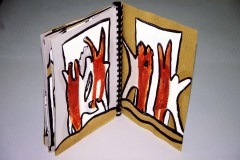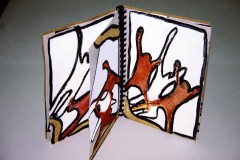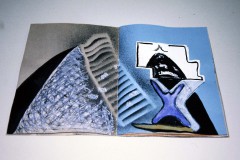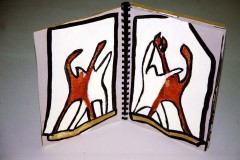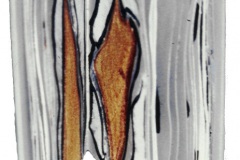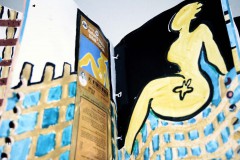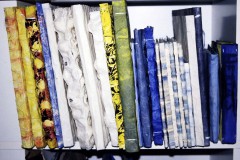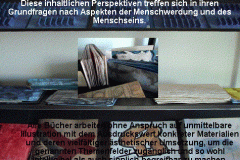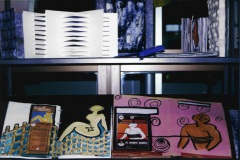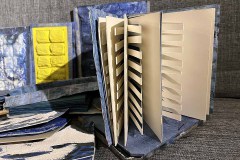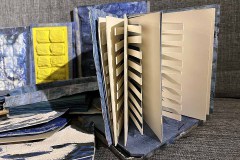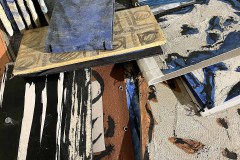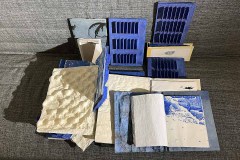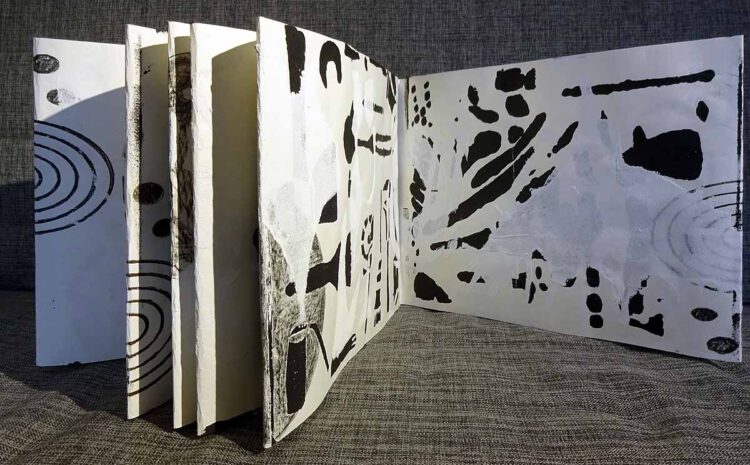
Library of the Hertha Einstein-Natorff
In her library project commemorating Hertha Einstein-Nathorff, Nele Ströbel examines the special significance of books for emigrants who took them with them into exile from National Socialist Germany. These books were precious to their owners because, after an arduous transport, they embodied a piece of lost homeland also through the language.
Hertha Einstein-Nathorff was born in Laupheim in 1895 to Jewish parents. She was the first girl to attend Latin school there. As a physician, she became head of the women’s clinic at the Red Cross Hospital in Berlin and was the only woman elected to the General Committee of Berlin Physicians. When she emigrated to New York in 1940, she made it possible for her husband to take the medical licensing exam required in the United States by doing plastering work. She herself did not take the medical exam, but worked as a receptionist for her husband and thus remained largely penniless until her death in 1993, when he died in 1959. Although she had given lectures for women, she herself did not manage to continue her emancipatory life in Germany in the USA.
Nele Ströbel approaches this not atypical, German-Jewish women’s fate by producing books in the form of pictorial objects with the most diverse contents, which offer a facetted insight into an emigrant woman’s life. This form of approach is also related to writing as the most important medium for Hertha Einstein-Nathorff, with which she very pathetically adhered to a patriotic concept of homeland in the form of autobiographical notes, articles and poems, among other things. The artist’s 60 books to date on topics such as loss of homeland, immigration, and medicine will be compiled into a library. A wooden, wheeled circular cabinet is used for presentation and storage, the shape of which is inspired on the one hand by the round, vertically hinged vessel in which the Torah scrolls are stored, and on the other hand by the image type of the protective mantle Madonna. After its completion, the mobile library will go on a journey to the stations of Hertha Einstein-Nathorff’s life and thus counteract the loss of memory.
Catalog text on the occasion of the exhibition “Fluchtpunkt Lissabon” Goetheinstitut/ Gasteig, 1998


